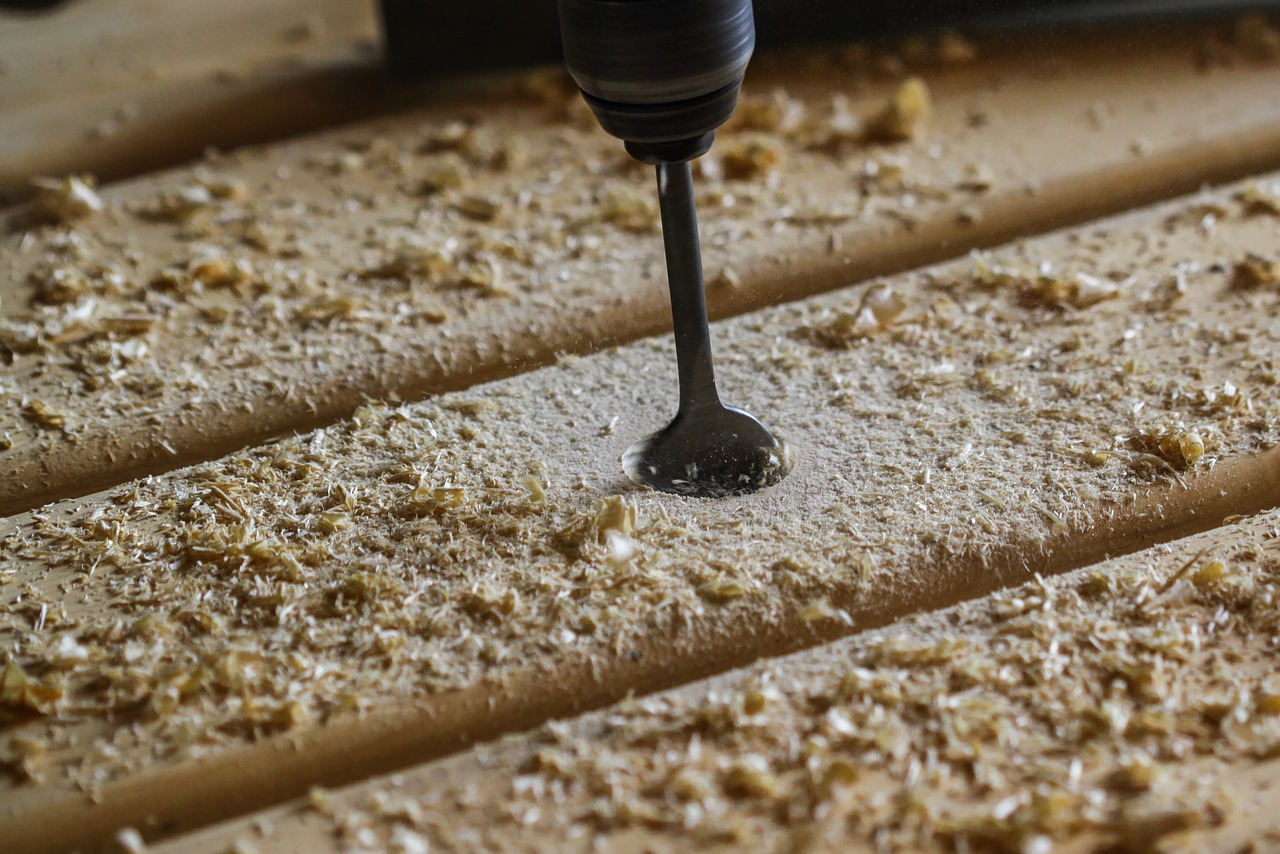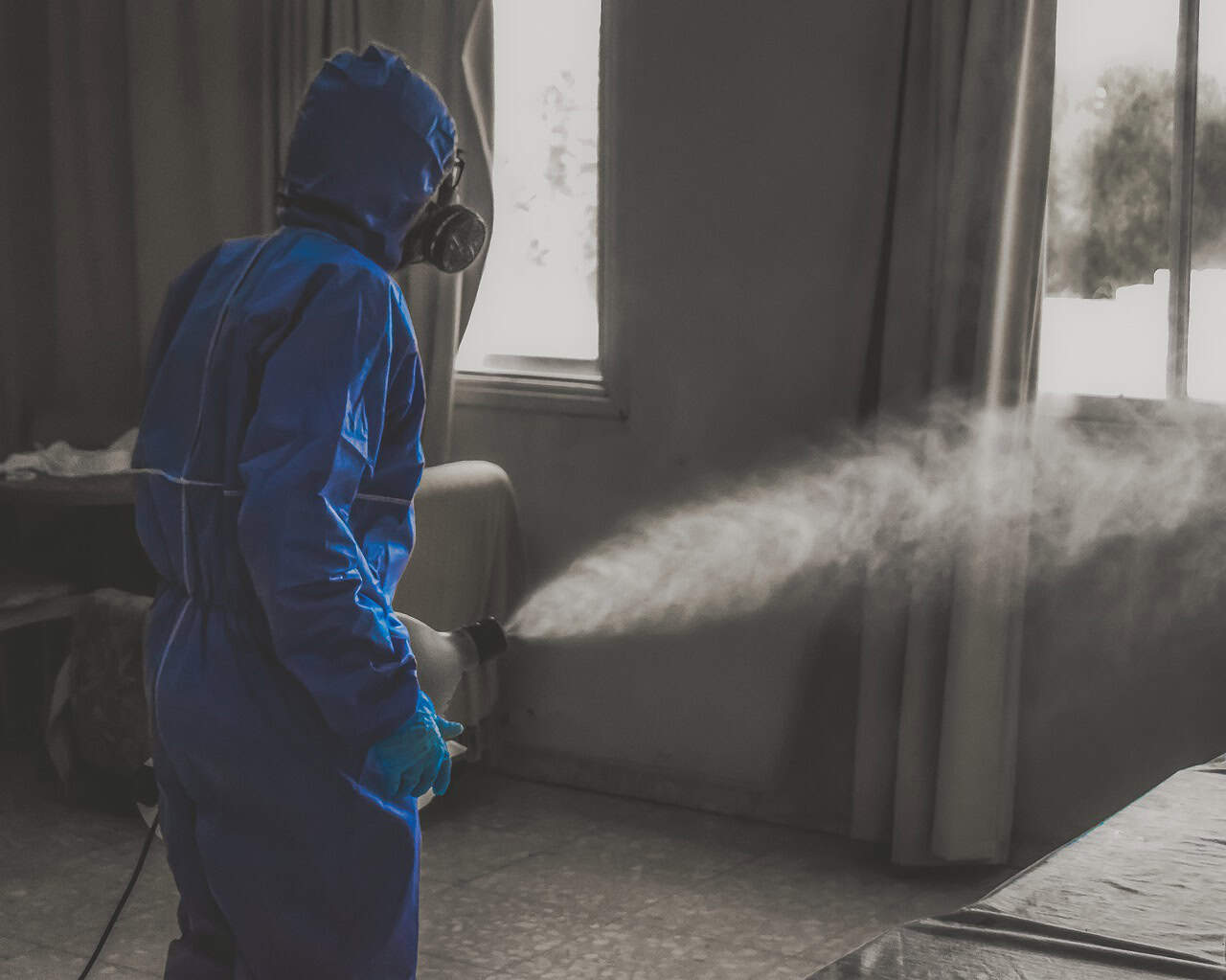Pest infestation, both in residential and commercial establishments, can disrupt normal day-to-day activity. While conducting pest control is necessary to eliminate pests in the area, insufficient assessment of the pros and cons of pest control can incur greater costs and longer turnaround time.
Tent pest control solutions can eliminate a wide variety of pests within a larger area but requires total evacuation and does not guarantee protection against re-infestation. Non-tent pest control solutions, on the other hand, eliminates pest in localized parts of the establishment but can provide better guarantees against future re-infestation because of either continuing or residual effects.
This article will discuss the various types and methods of pest control, highlighting the pros and cons of each method. This can help assess which method of pest control is best for any particular scenario, considering the cost, extent of disruption, longevity, and safety of occupants.
Pros and Cons of the Common Types of Pest Control
There are two most common categories of pest control: tent and non-tent solutions. Tent solutions require using tarps and tents to cover the entire infrastructure before applying pest control products.
Non-tent solutions provide more localized applications of pest control products to eliminate pests within a small area. Both pest control solutions have their advantages and disadvantages, and they apply well depending on the situation and needs of the owners.
Fumigation

Fumigation is one of the most common types of pest control for residential and commercial establishments. This type of pest control eliminates pests like termites, roaches, and bugs in an entire area because of its ability to reach through small spaces that localized pest control products cannot reach. This pest control method applies well for severe infestations that cannot be solved through localized methods.
Fumigation can also eliminate pests across all the life stages and can provide a quick solution to the infestation. Most commercial establishments prefer fumigation because of its ability to eliminate pests quickly and with little to no residue problems. This method allows commercial establishments to resume operation as quickly as possible.
The components of fumigants include hydrogen phosphide, methyl bromide, and sulfur fluoride, which can all cause suffocation to all living beings. The active ingredients of fumigants exist in liquid state which can turn its gas when release at the proper pressure and temperature. Once released, fumigants take the form of true gas, which is lighter than air and does not leave any form of residue after the process.
Fumigation is best used in residential establishments where pest infestation occurs beneath floorboards or behind beams and walls because fumigants can permeate within wood structures to eliminate pests completely. Due to the effectiveness of tent pest control solutions, re-application or follow-ups for fumigation are rarely necessary. It also less expensive in the long run compared with non-tent solutions.
However, fumigation requires total evacuation of the establishment for several days depending on the severity of the infestation and the size of the establishment. Fumigation is risky because it is non-selective in its targets unlike other pest control methods. It can affect all life forms including pets and plants and can also destroy food, medicine, and other products. It also carries the risk of damaging tiles, roofing, and gutters, as well as pipe lines, so occupants must also ensure to disconnect their gas service prior to fumigation.

Some pests like rodents are also able to escape fumigation if the tent is not sealed properly or they have access to other areas through underground pathways. Thus, there is risk of re-infestation once the fumigants dissipate. Fumigation also does not provide long-term protection against re-infestation like other pest control methods, but it can eliminate existing pests in the area.
Using tent solutions as pest control can be disruptive because of the length of time required to complete the fumigation process. Thus, it is advisable to schedule fumigation around vacation time.
Electronic or Ultrasonic Pest Control
Electronic or ultrasonic pest control is a type of non-tent pest control solution that has become a popular alternative as it’s easy to apply and non-disruptive.
Pest control manufacturer, X-Pest notes that this type of pest control does not use chemicals, is environmentally friendly, and energy efficient. It’s application and use is simpler when compared with DIY methods and they’re low maintenance. They are safe to use around kids and pets and some even release beneficial ions that function as an air purifier.
Ultrasonic pest control works by producing audio waves at more than 20,000 Hz which induces audiogenic seizure response that leads to convulsion or death for pests. The high frequency is undetectable by humans and other domesticated pets but can affect pests like rats, roaches, spiders, ants, fleas, squirrels, and bats. It has a wide range of effects across various types of pests making it an all-in-one pest control device.
Specific ultrasonic pest control devices target mosquitoes, which works by imitating the sound of the male mosquito to drive away fertile female mosquitoes. There are also ultrasonic pest repellers for birds which emit sound waves that imitate distress call for birds that warns other birds in the area against a potential predator in the surroundings. This can drive nuisance birds away from a particular area.

Despite the potential effects of these ultrasonic pest control devices, several studies have contested the effects of ultrasonic pest control against certain pests like rodents.
Research from Kansas State University in 2002 stated that ultrasonic pest control works only for certain types of pests. In comparison, Researchers also found that an ultrasonic pest control did not induce the audiogenic seizure response even when the device is placed near the rodent.
Several factors also affect the effectiveness of ultrasonic pest control devices including the structure of the establishment and other noises in the surroundings. These devices often have limited range of around 30 square meters and can still become less effective when blocked by concrete walls. It can also become less effective through time as the pests become adjusted to the high-frequency sound waves.
Despite being cheaper than simply hiring exterminators or pest control companies, large establishments require multiple ultrasonic pest control devices to fully cover the entire area.
Do-It-Yourself (DIY) Pest Control

Do-It-Yourself (DIY) pest control is also viable because of the availability of various pest control sprays, dusts, and aerosols. DIY pest control products can help save money and allow you to choose products that will be both effective against pests and safe to use around kids and pets.
However, exterminators and pest control companies provide the knowledge and expertise and are trained in using different pest control chemicals for specific purposes. They can charge hefty fees, but they are guaranteed to do a better job than DIYer in almost all cases. They also eliminate the risk of buying the wrong product for a particular pest and increasing the risk of contamination within the house.
Hiring exterminators can be costlier than hiring pest control companies. Pest control companies provide complete service like removing exterminated insects around the house. It is recommended to hire pest control services for eliminating pests in large areas while exterminators can handle smaller, targeted areas like basements or attics.
Spot Treatment and Heat Treatment

Other alternative forms of pest control include spot treatment and heat treatment. Spot treatment involves drilling holes in floorboards or beams to inject termiticide. This can provide lasting protection against further termite re-infestation and is also less expensive than fumigation. However, this process also provides limited range of around 2 square feet and may require re-application if there are more sources of infestation within the establishment.
Heat treatment is also effective against termites and may require tenting to heat the wood to up to 120-130 degrees for up to an hour. This pest control method is effective when the source of the termite swarm is accurately identified. However, this pest control method can damage electronic devices and can melt vinyl and other products.
Final Thoughts
Pest control contains a wide array of methods that suits specific conditions and needs. The pros and cons of each of these methods allows consumers to evaluate which method suits their needs best. Scheduling an appointment with a pest control technician to evaluate the pest infestation in will help provide an idea of what pest is causing the problem and the best system or method to eliminate it.





